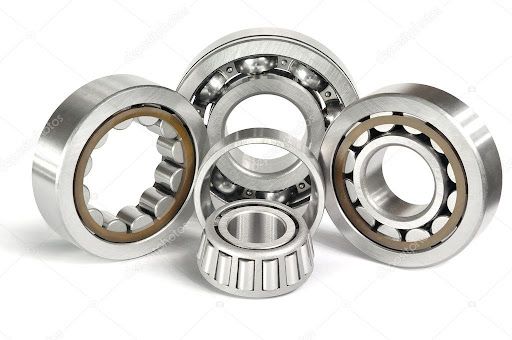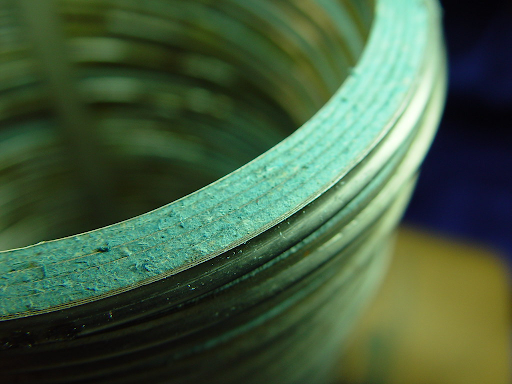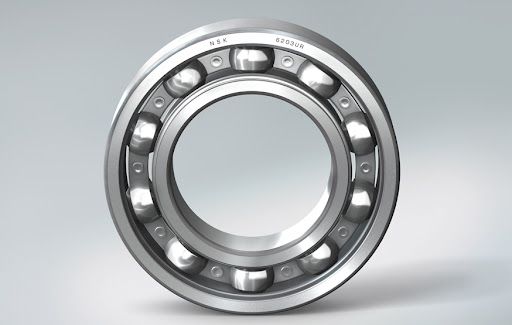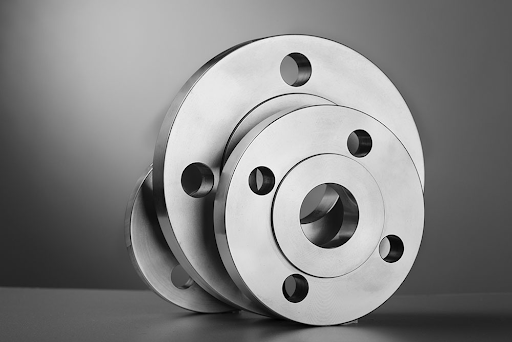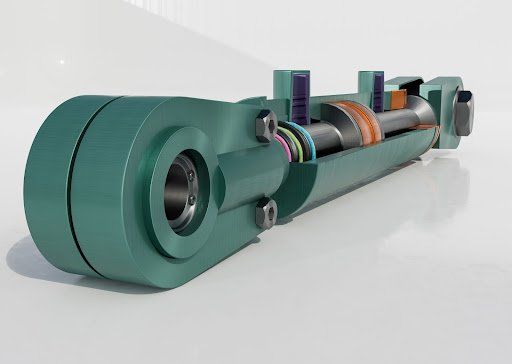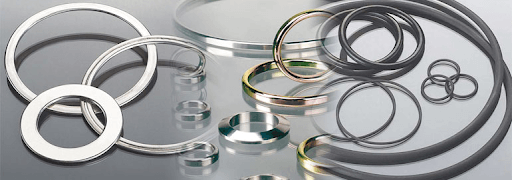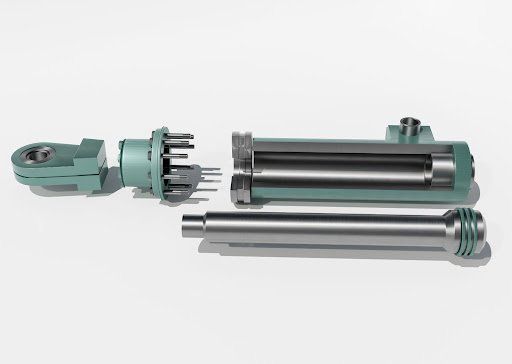What is the difference between electricity transmission and distribution?
What is the difference between electricity transmission and distribution?
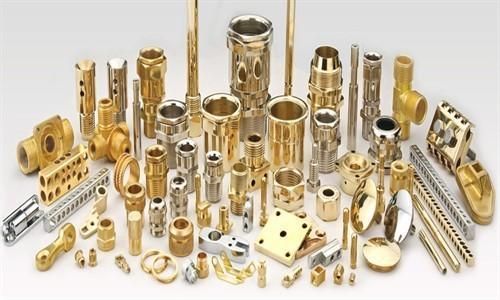
Your responsibility has constantly transported power at high voltage from its source to distribution points. You do this by using the power transmission network, owned and managed by the division of the business in charge of transferring electricity. Although there are numerous energy sources, the fact that you are reading this right now has something to do with the electricity you have. It is a fascinating and challenging process. Below mentioned are the difference between electricity transmission and distribution:
How do transmission and distribution work?
As the name suggests, electrical power transmission and distribution refers to the system used to ensure that electricity is transported from energy facilities to every home or structure that needs it. Whatever fuel the power plant uses to produce energy, a transmission system is always necessary to get where it needs to go. Fortunately, the idea behind how electricity flows is relatively simple and functions similarly to water. Electricity may be stored, but it can also flow like a fluid. Power plants convert mechanical or thermal work into electricity to produce energy. The power plant uses some of this energy to produce a potential difference between the wires and the plant. The electrical systems are dependable since it is simple but efficient.
Differences between electricity transmission and distribution
You frequently combine the terms transmission and distribution of electrical power they do not necessarily refer to the same entity. The systems that enable energy to go to its final destination include transmission and distribution networks. However, there are distinct steps in this process.
- Parts:
The power lines are the most crucial engineering components of a transmission system. They are the center of the transmission system and give electricity a path to travel on. There are substations, which are substantial buildings containing conductors and resistances. Substations help direct the power flow to the distribution systems by lowering the voltage so it may be used in homes.
Again, smaller towers assist in maintaining the safety of electrical lines, though both are much smaller in comparison. The components needed to connect to a home are the most distinctive. A transformer is mounted on the towers to guarantee that buildings receive the correct voltage at all times.
- Energy loss:
Although the transmission and distribution of electrical power are simple in practice, this does not imply that it is without problems. Electricity generated by plants has a voltage that is too high for household appliances. To ensure that it is suitable for daily usage, the transmission and distribution systems must increase gradually and lower this voltage.
Your transmission and distribution systems' equipment selection will guarantee that energy is delivered precisely as intended. It provides improved flow and continuous, uninterrupted service. This is why selecting the appropriate equipment is crucial.
Wrapping it up:
Those mentioned above are the differences between electricity transmission and distribution. You can employ the best power transmission and engineering components from the bearing center. Their tools are of high-quality and reasonably priced, making them ideal for use.

